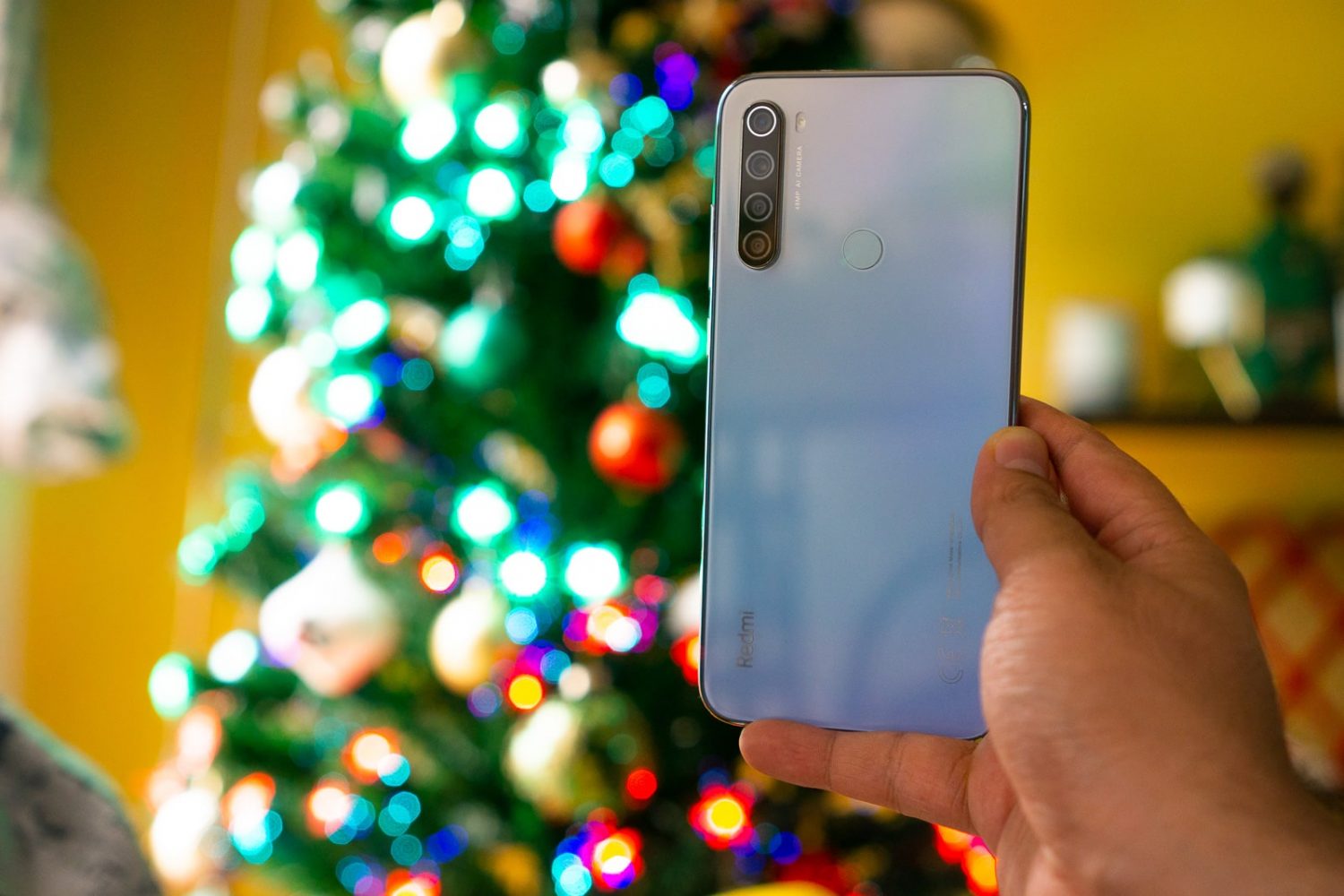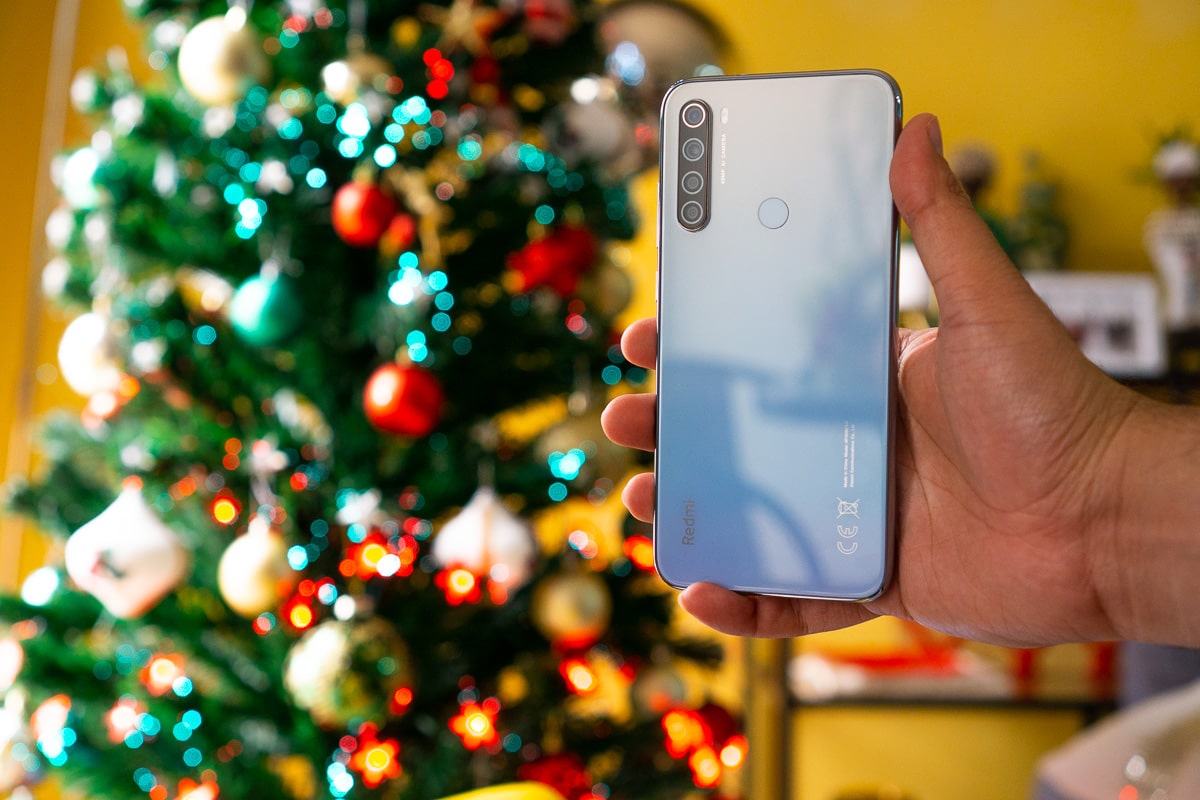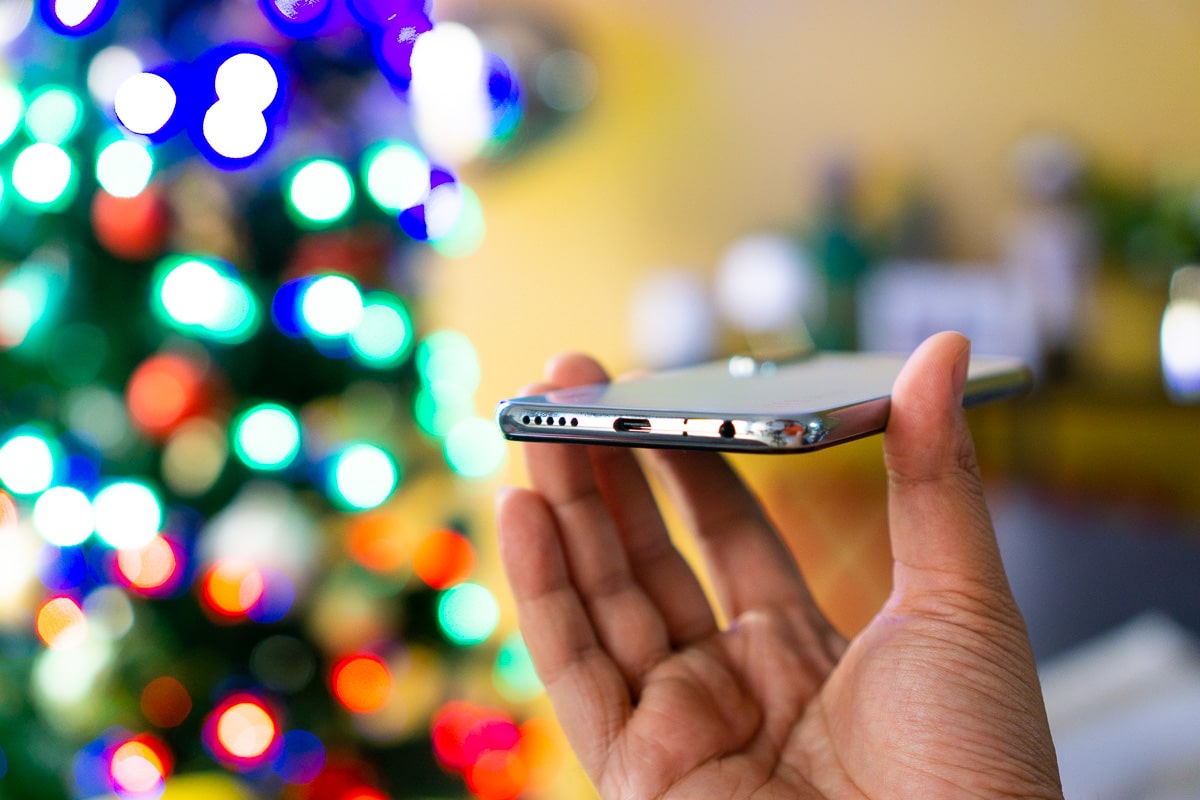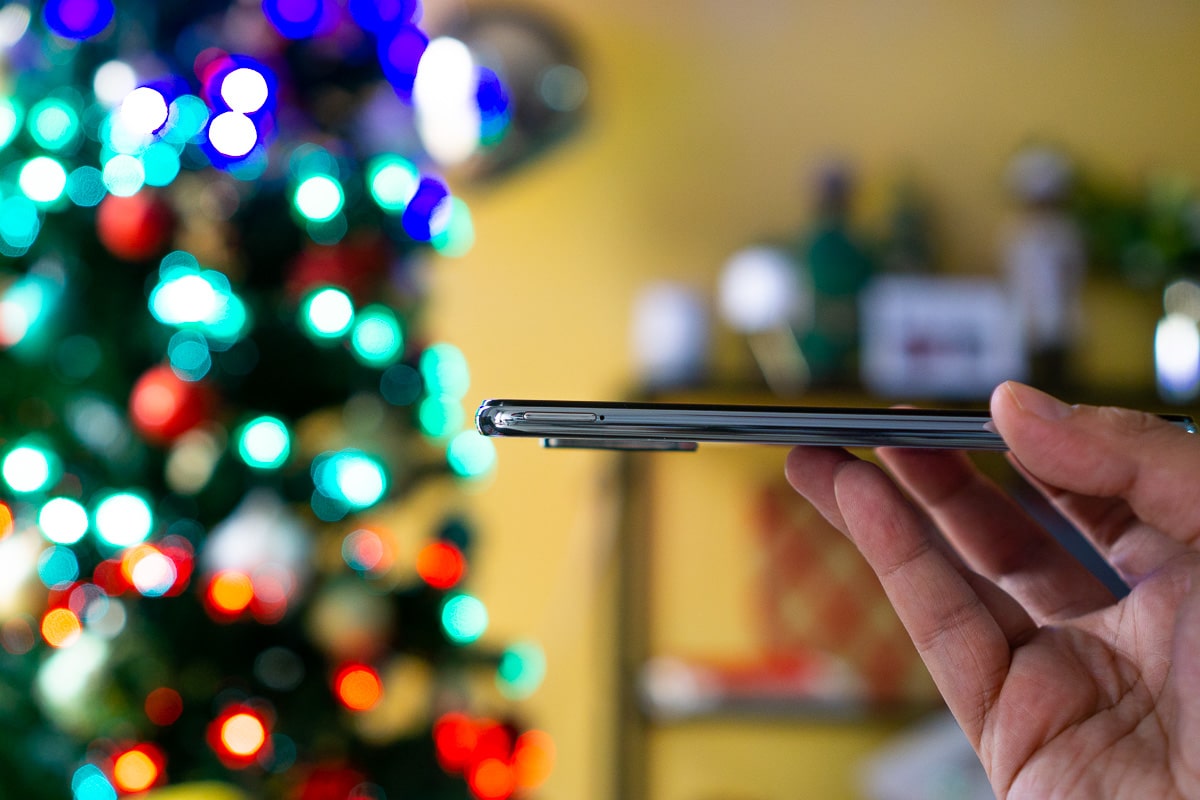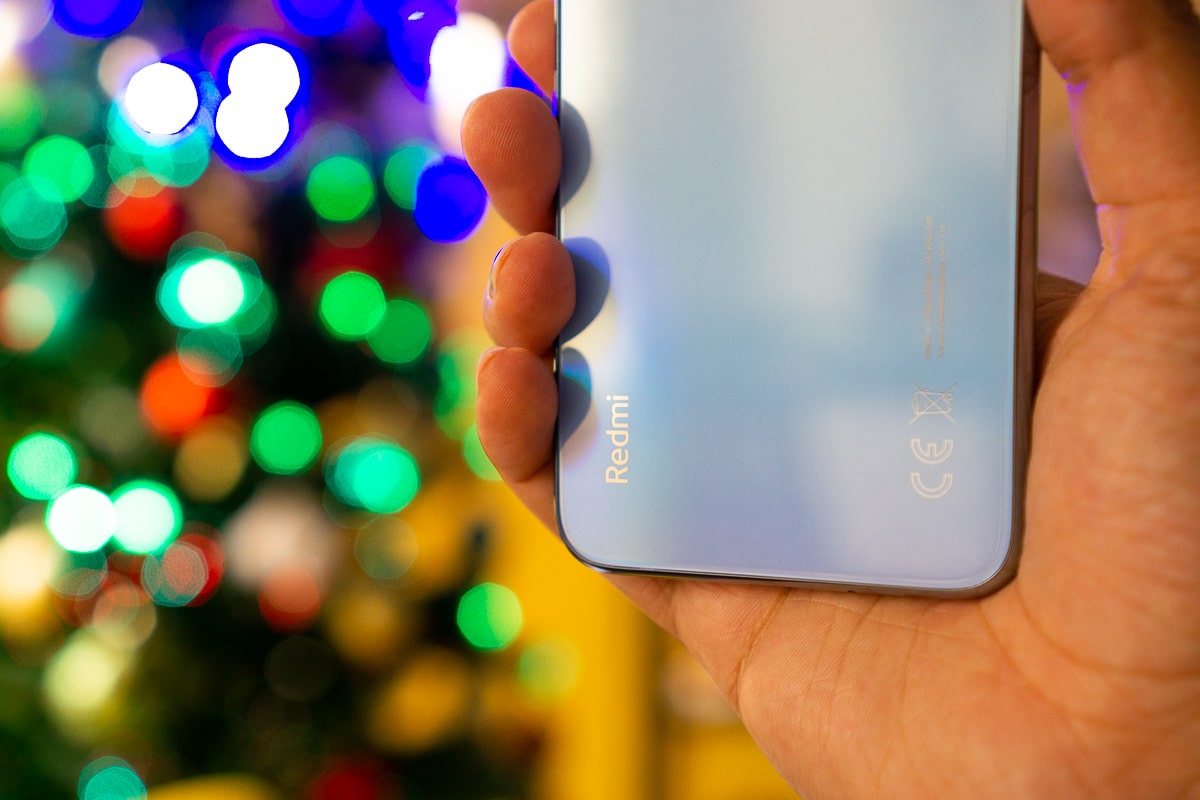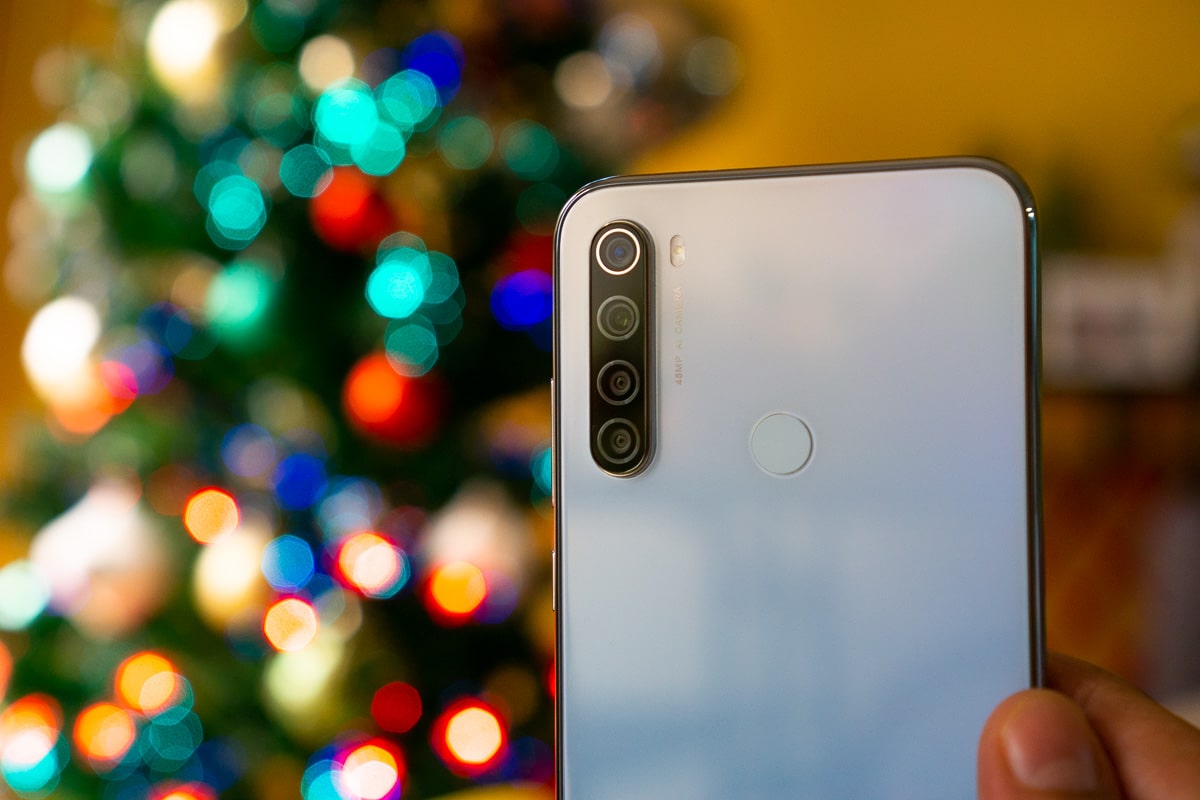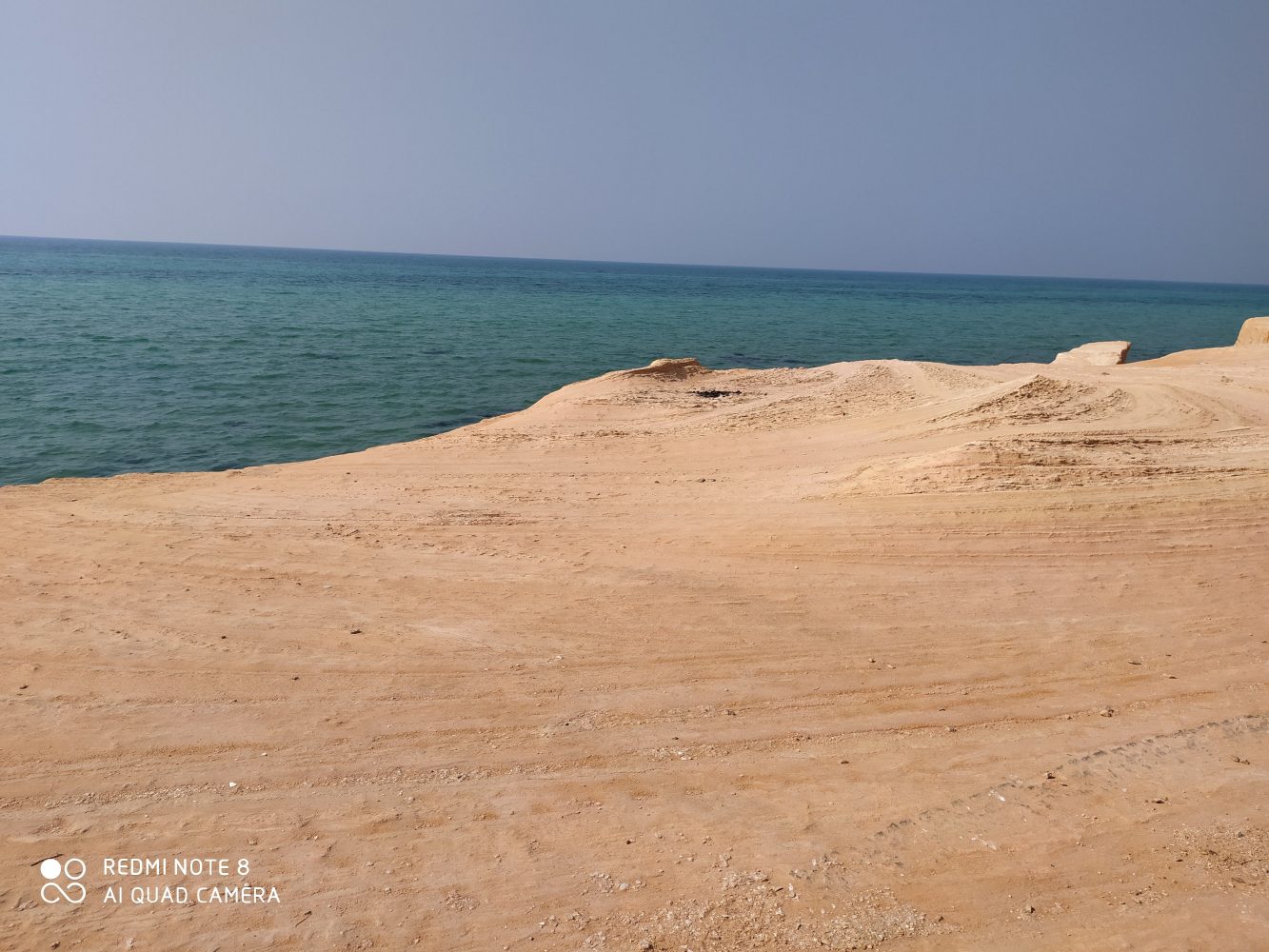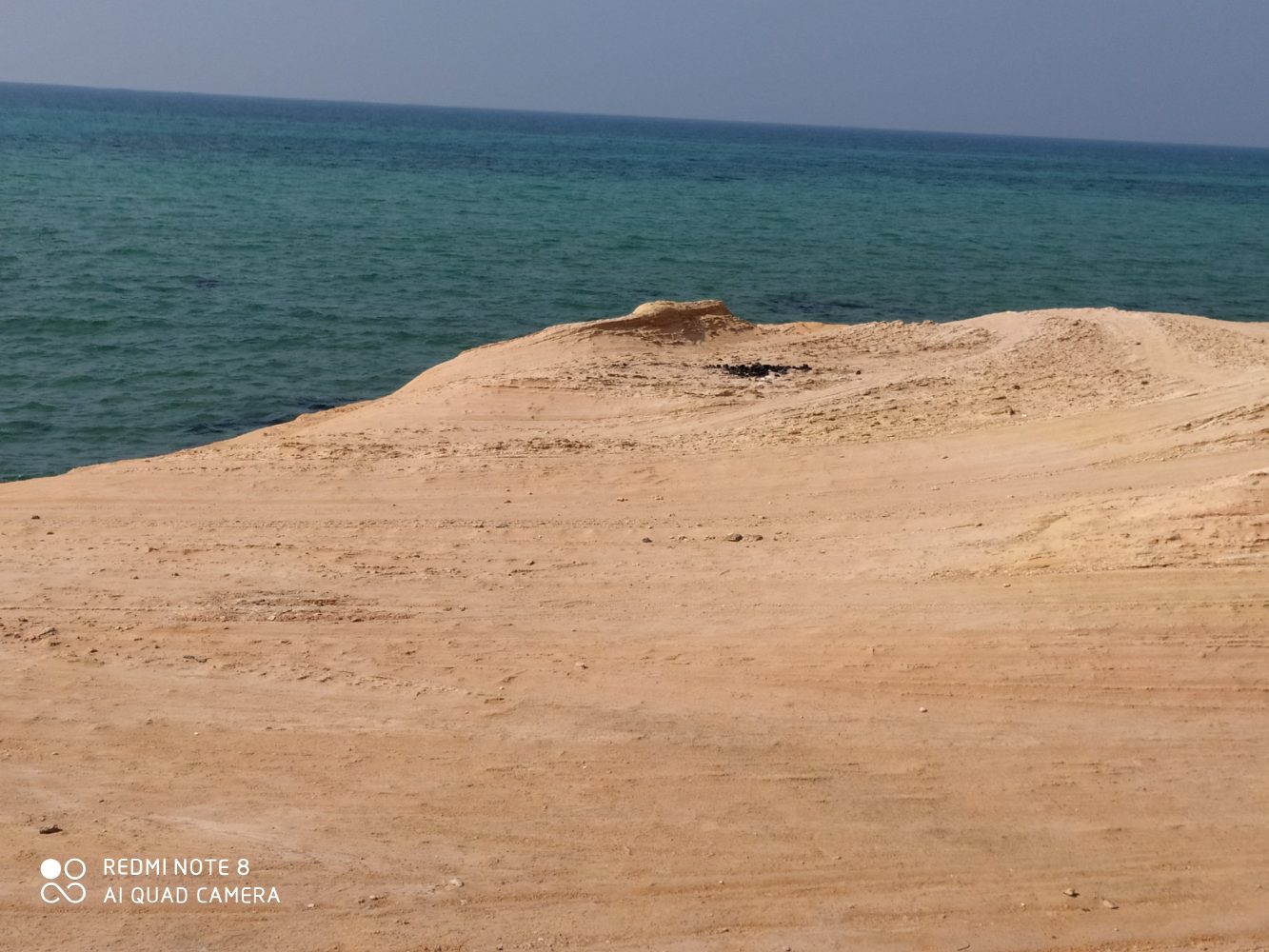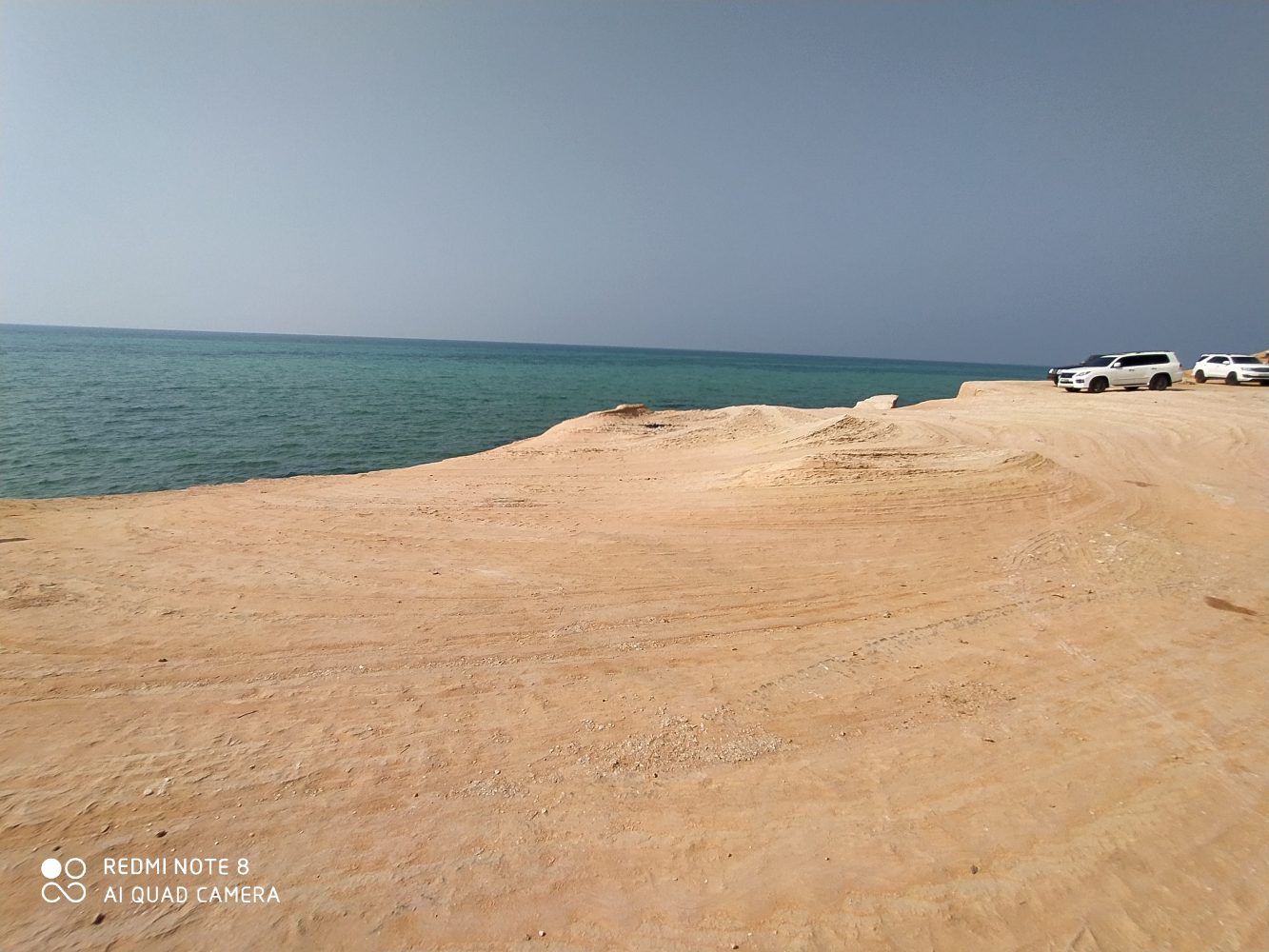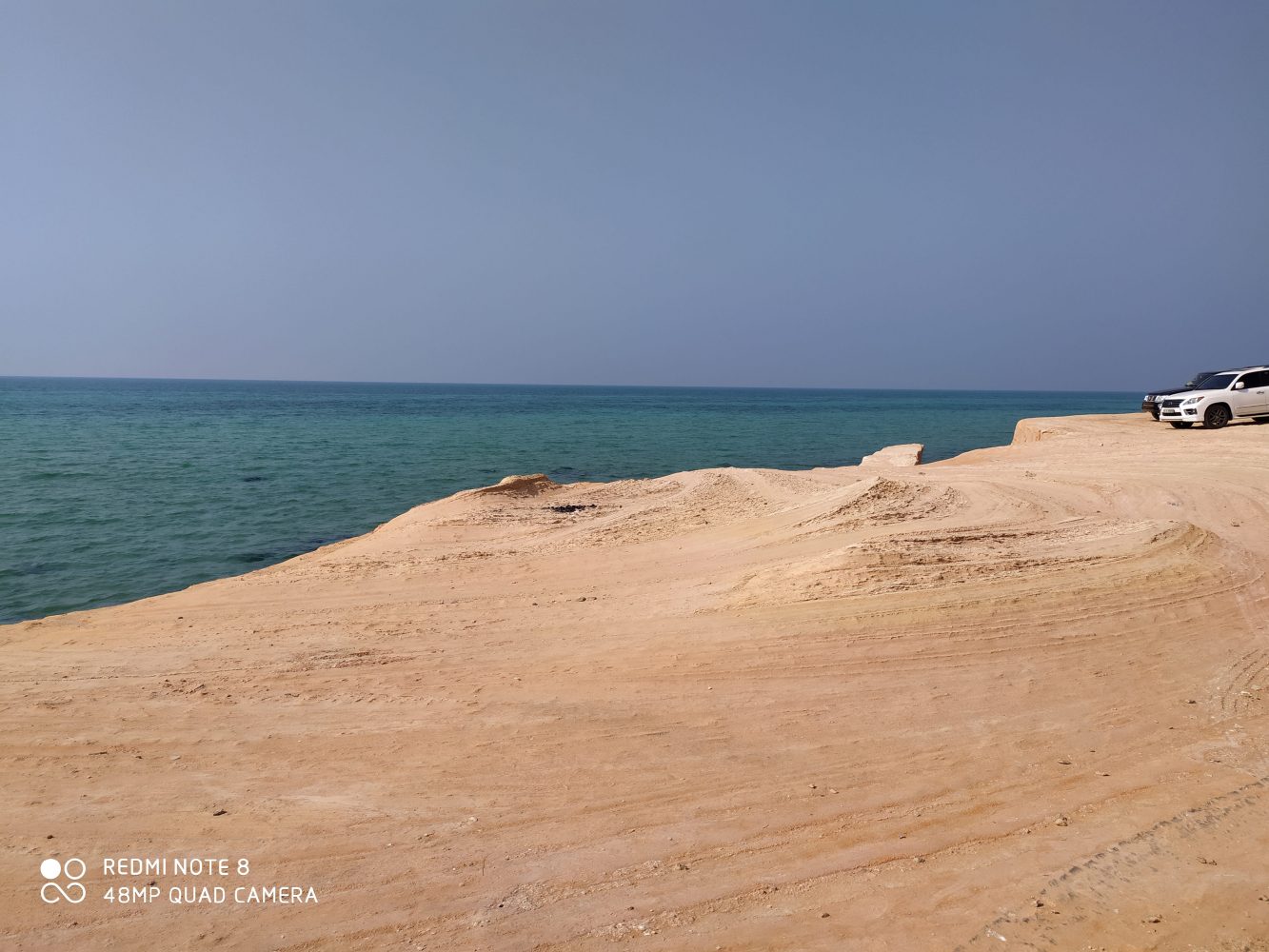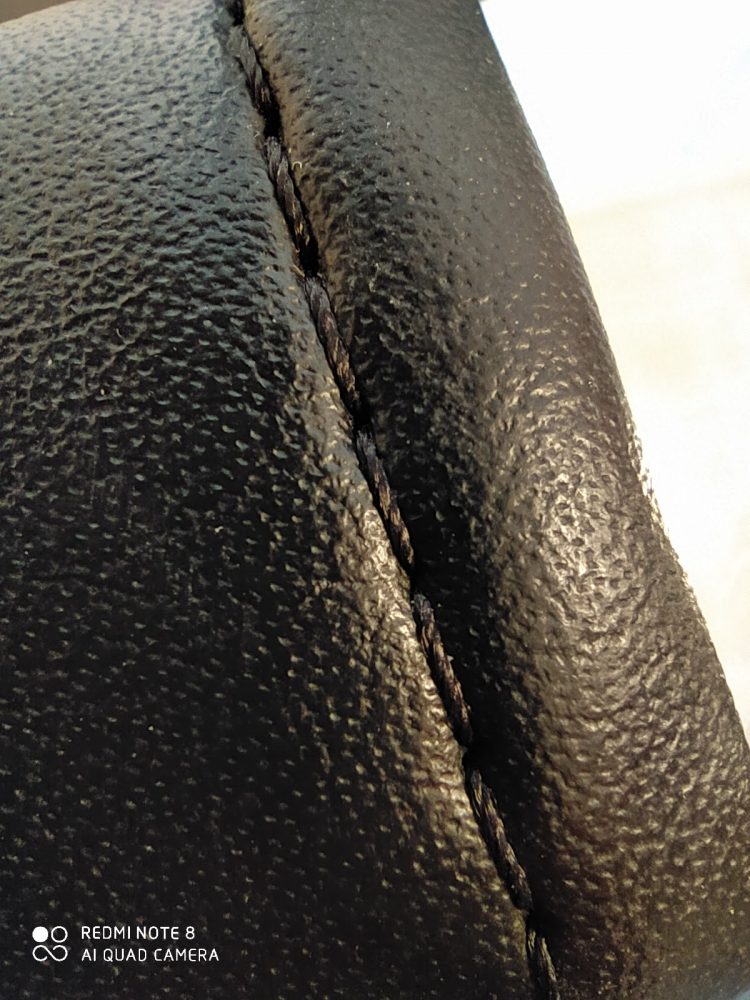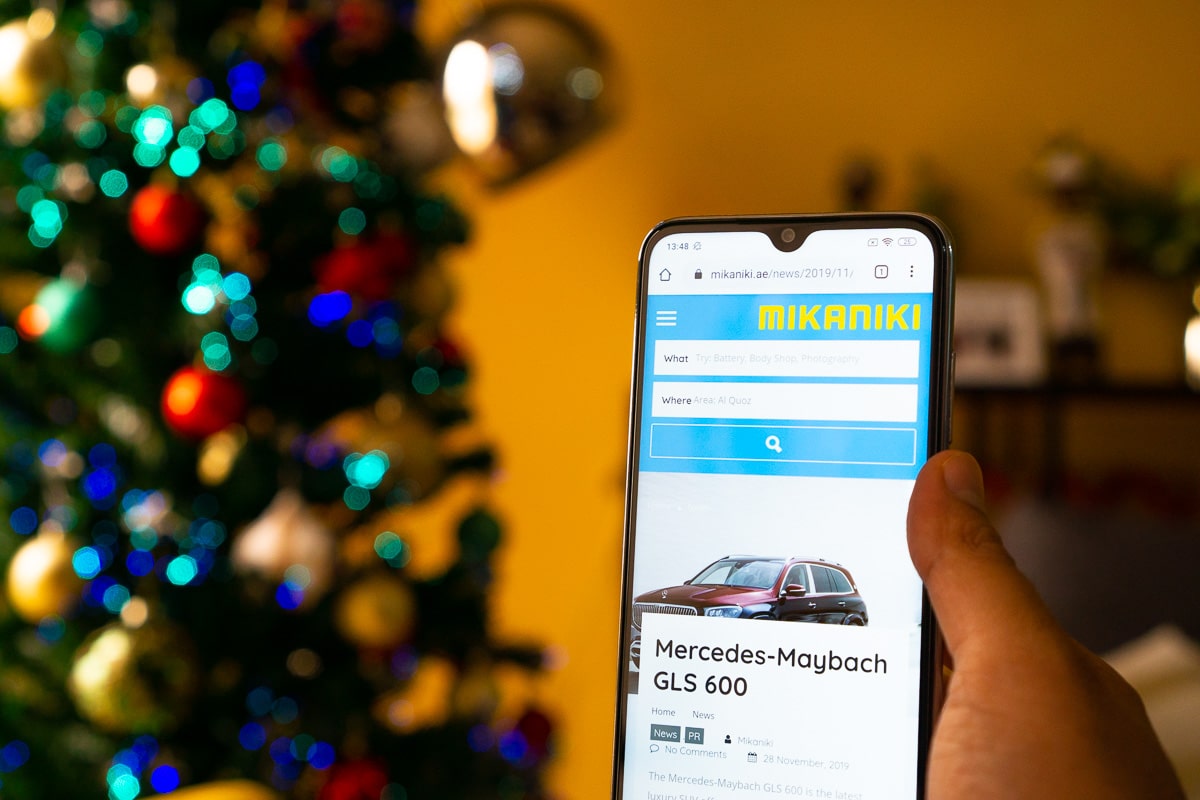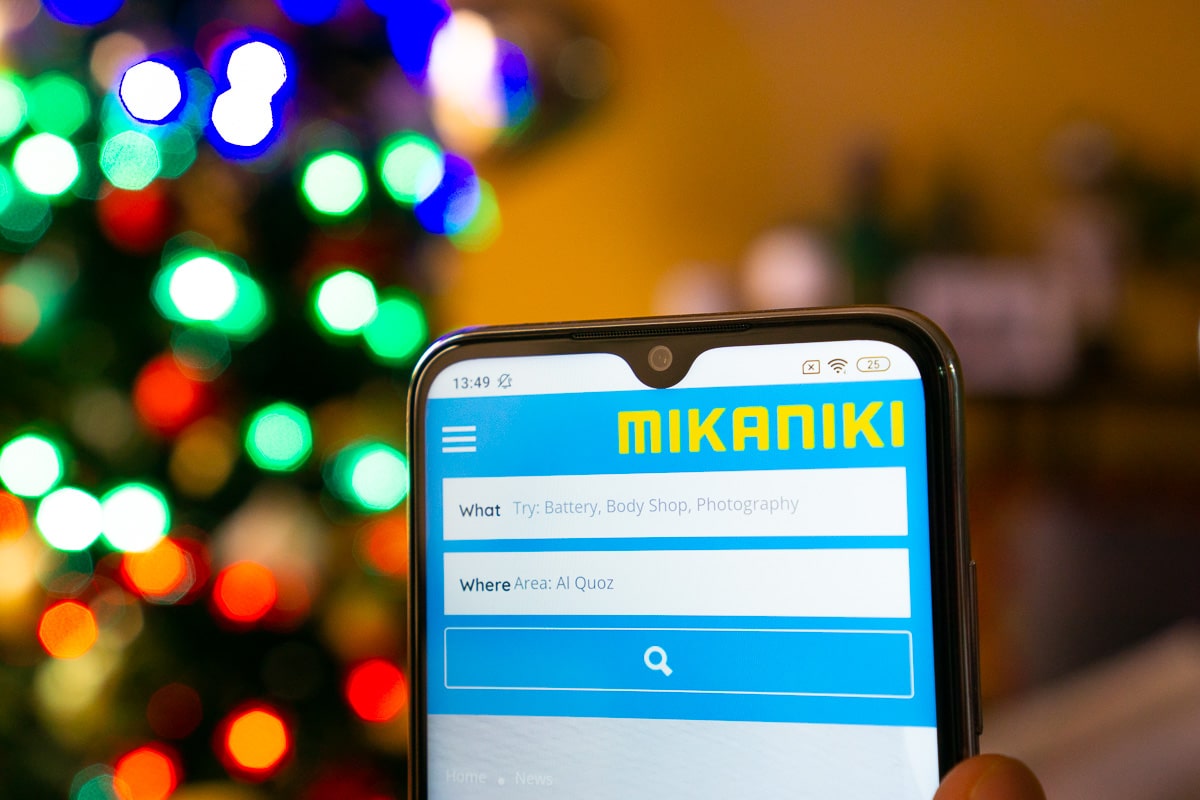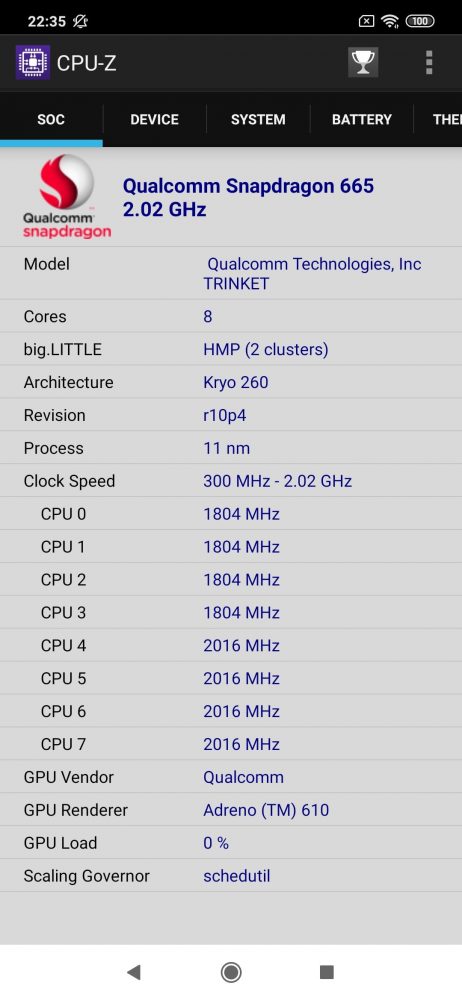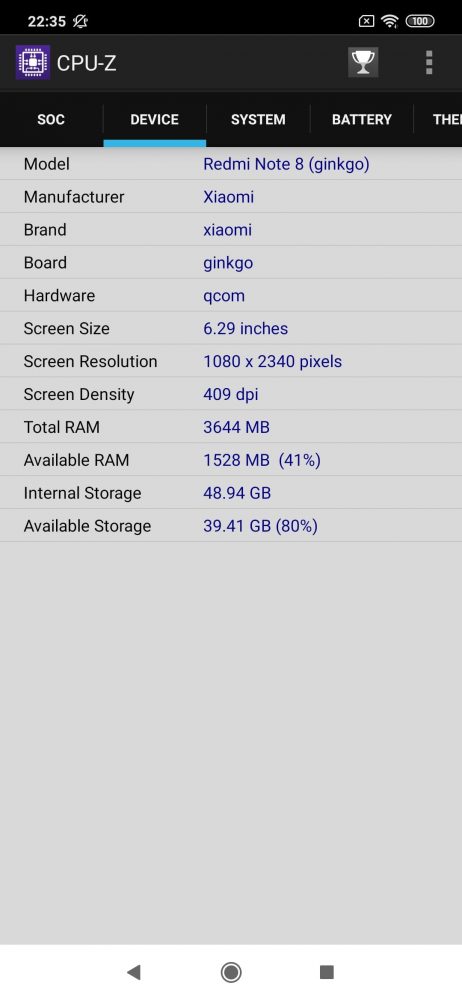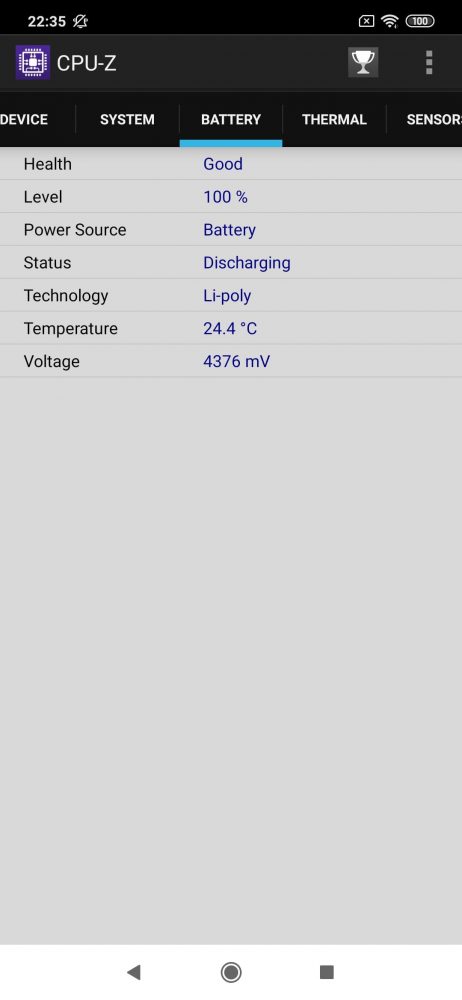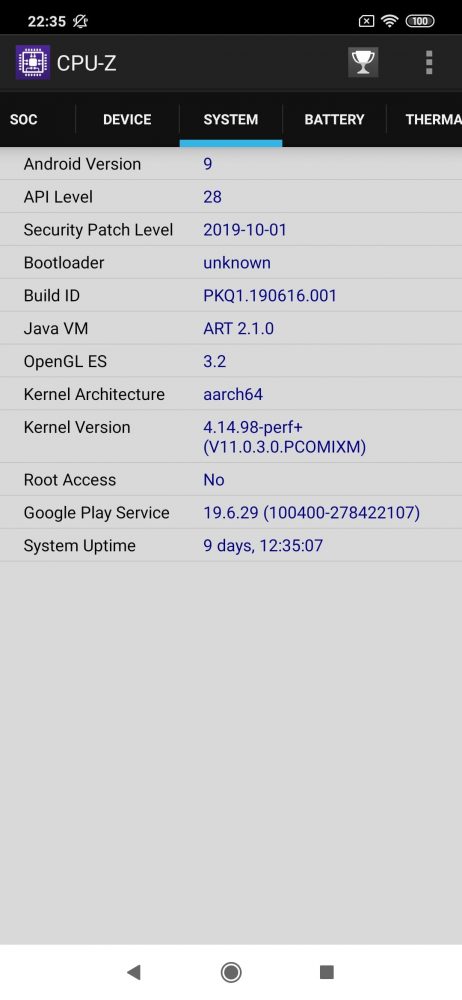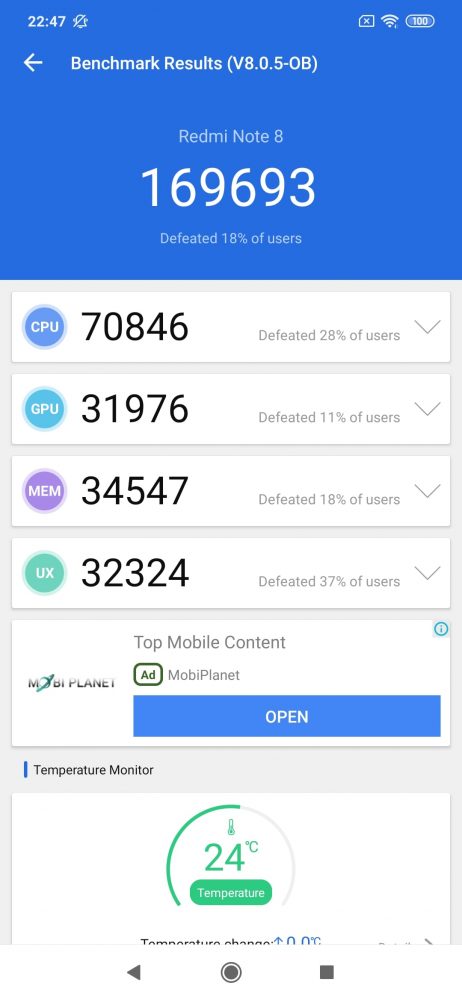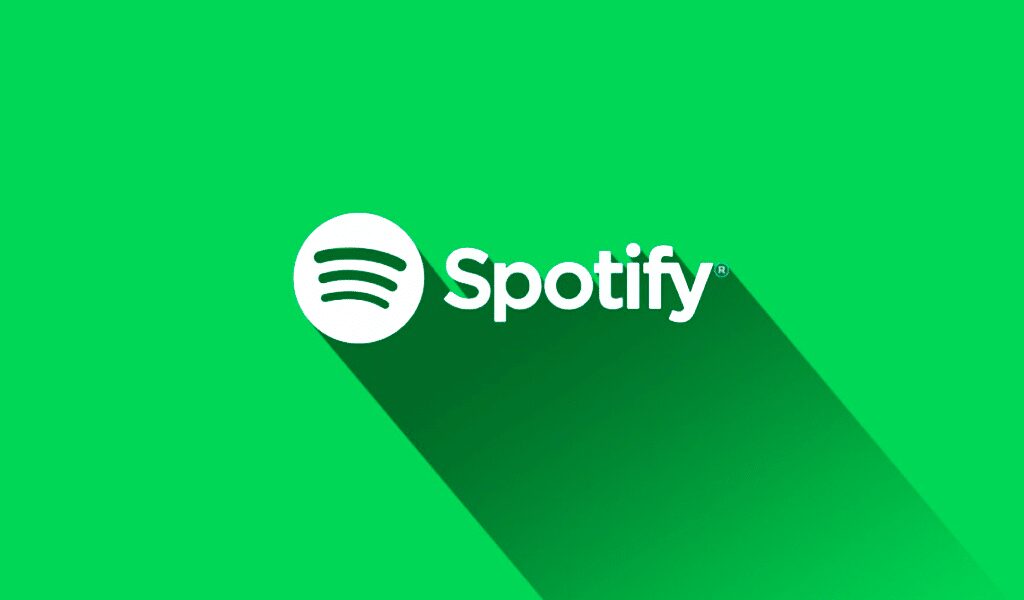Xiaomi has been knocking out some great budget smartphones. Making other phone’s seems unreasonably expensive. Here we look at the Redmi Note 8. Right off the bat, it’s important to point out that this is a low budget phone that comes in at an amazingly low price.
Design and Build
Keeping the price in mind you would think that the build quality is amazing. This phone feels far more premium than its price.
The front and back have Gorilla Glass 5.
The Redmi Note 8, isn’t something great to look at, but the moment you pick it up, you feel like you are holding a premium phone and not something that costs less than 900 AED.
If you have ever seen the Redmi Note 7, then you will notice that this phone is almost identical. The shape, build, size etc is exactly the same. There little to no design innovation from the Redmi Note 7.
Visually the phone is almost like two pieces put together, the body of the phone is metallic and really well built. The screen feels like its stuck on top of the phone. The camera bumps are very very prominent, more on this later. These two things are not particularly good but still the phone feel premium, so I have to give props to Xiaomi for that.
The model of the Redmi Note 8 we got was the rather mild looking white colour. Xiaomi calls it Moonlight White.
Check out our review of the Xiaomi Redmi Note 8 Pro, There are some interesting differences between the Note 8 Pro, which is a better built and designed phone.
Redmi Note 8 Cameras
The Redmi Note 8 has 4 rear cameras, which Xiaomi says is a 48MP AI Camera (maybe not officially, but it’s what’s printed on the phone).
- Main Lense: 48 MP, f/1.8 aperture, 26mm (wide)
- UltraWide: 8 MP, with f/2.2 aperture, 13mm
- Depth Sensor: 2 MP, f/2.4 aperture
- Macro Lense: 2 MP, f/2.4 aperture
Yes that is a 48MP camera in a budget smartphone, which also includes a Macro lense. This might sound impressive until you realise that in reality the pictures save at a 48/4MP resolution. For those math wizzes, that is 12MP. This is because the Redmi Note 7 cameras use a Quad Bayer arrangement which essentially means 4 pixels are grouped together, this gives a higher quality 12MP output.
There is a mode on the camera that allows you to take 48MP pictures. These as you would guess are again not true 48MP pictures, its a software manipulation to give you that feel. Honestly there are no real benefits to this, if anything the pics seem more noisy and blurry. Better stick to the regular mode and focus on other “pro” features.
The Wide angle lens is really not worth having on the spec sheet, the amount of distortion you will see around the edges makes those pictures completely unusable. The other lenses are actually pretty decent to use, the main camera being particularly great for a phone of this price range.
You can record videos at up to 4K at 30fps (or 1080p at 60fps) and 240fps for slow motion videos. The stock camera app in the phone is great for most things however it seems to limit the capability of video recording. By using the Open Camera app I was able to record videos at 4K, 120fps. So the limitation is more at a software level, probably so that the hardware isn’t pushed very hard.
The Redmi Note 8 has a decent front facing camera coming in at 13 MP with a f/2.0 aperture. Surely not the greatest in the world but it does give you decent pictures. A slight upgrade from the Note 7.
Here are the pictures from the camera, these have been compressed for the web, but have otherwise been left untouched and unedited.
From an aesthetical point of view, the phone has a behemoth of a camera bump. It is so big that even the included phone cover has a bump on it to protect the camera bump. It is ridiculous, instead put bigger internals to overcome the bump. I believe a bigger phone and smaller camera bump makes for an overall better design. This is one of those phone I highly recommend going in person and seeing, before buying. This camera bump could be a deal breaking for you.
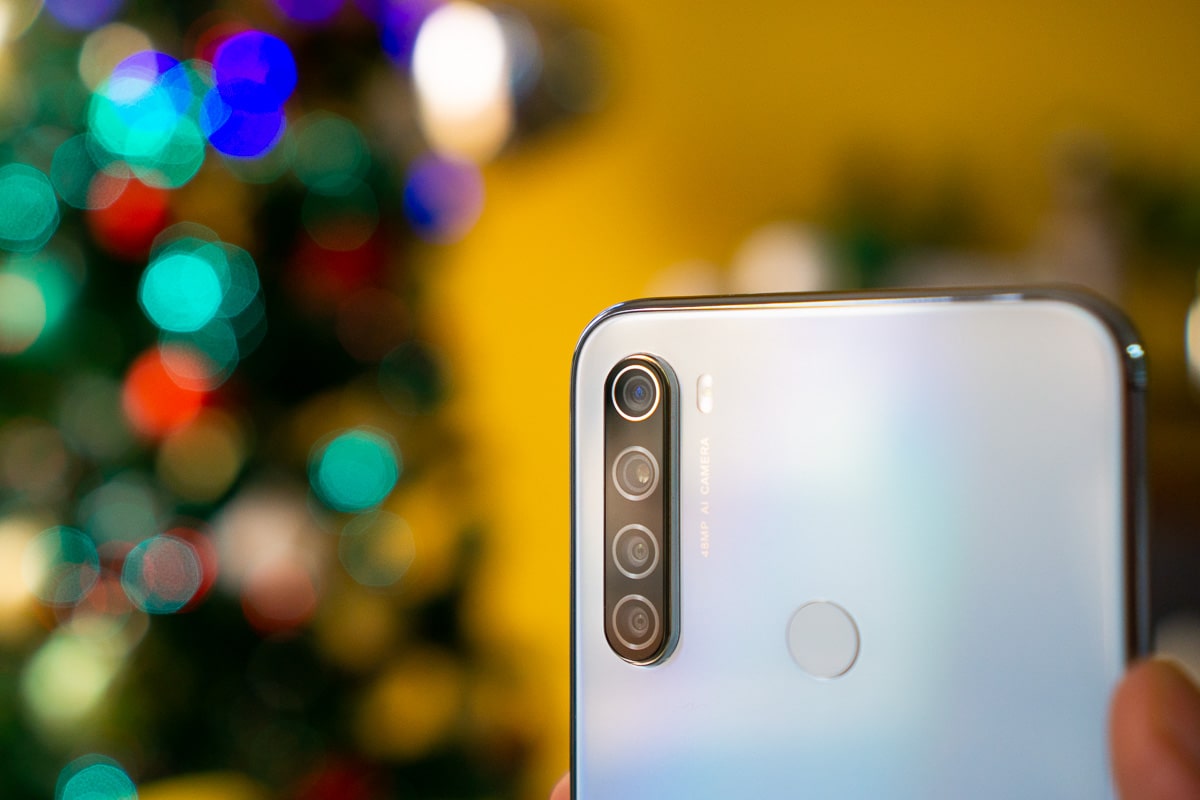
Display
The Redmi Note 8 has a 6.3” LCD display with a 2340 x 1080 resolution which gives it a pixel density of 409 ppi. Exactly the same screen from the Note 7.
Sure this is not the highest resolution display but at this price, it definitely is good enough. A big battery and decent screen can serve you really well.
The screen looks great, the icons and images are very clear so the resolution is pretty great to my eyes. It definitely looks better than it should for a phone priced so low. While watching videos the colours are decent, not the best accuracy and the blacks are not as black, but all in all I had no complaints.
The notch on the top of the phone is quite small and doesn’t come in the way at all. However if you happen to be looking at a white screen, like a browser, there is a decent bleed around the notch. On my specific unit I also noticed some bleeding on the left side of the screen. It gives the screen a strange feeling, but not a deal breaker as such.
The viewing angle on the phone is also not that great. While there isn’t really a colour shift, the brightness gets severely affected. So if you are not exactly in-front of the screen, parts are darker than they should be.
Audio
The speaker of the Note 8 is rather average. You get a single speaker at the bottom which is easy to block.
The sound does get loud enough in a small room, however the sound is not that great. Not a deal breaker.
You can also enjoy using your headphones since the phone does come with a headphone jack. Strangely the box didn’t come with a pair of headphones. Maybe that’s how Xiaomi keeps the costs low.
Thanks to the price of the phone, none of these are deal breakers. You are left with plenty of money in the pocket to go buy yourself a nice pair of headphones of speakers.
Battery
The battery in the Redmi Note 8 is the same sublime 4000mAh battery from the Note 7. Oh yeah!
The battery along with the screen and the processor gives you some amazing battery life. While I don’t have any scientific way to test this, but if you are only on Wifi, this phone can last you a couple of days on decent usage.
The huge battery means charging it can be a bit of a pain, but with QuickCharge 4, the phone juices up relatively quickly as well. And unlike the Note 7, you get the fast charger in the box.
Features, Specs and Performance
The Redmi Note 8, like the Note 7 before, comes packed with a few extra features like the IR Blaster. Nothing to write home about, especially since the app that controls the IR Blaster is absolutely frustrating to use. Still it’s cool to have something funky. It came in handy when testing out an old TV whos remote we couldn’t find. Good in a pinch but not something I will be relying on.
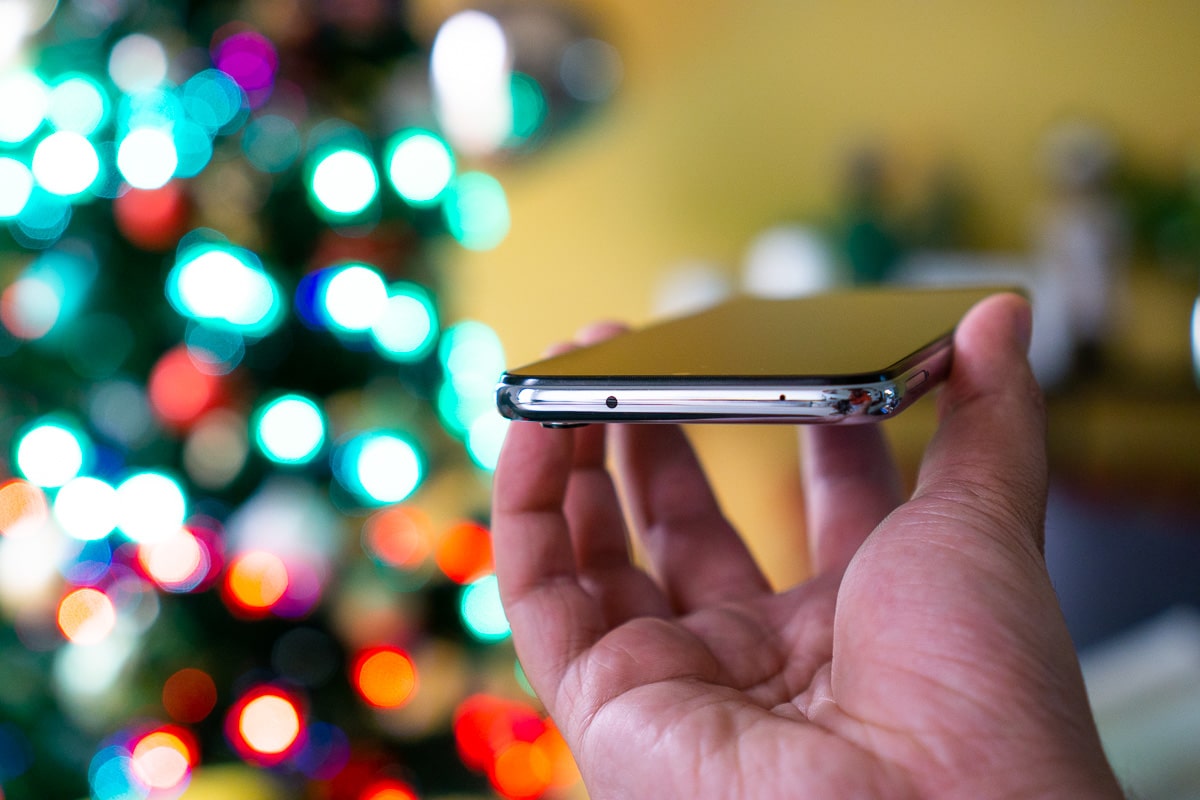
A good addition is the Headphone jack which is a welcome feature in any phone. You also get a USB-C port, ahh the bliss of old and new in one device.
The other specs of the phone are:
- Processor: Qualcomm Snapdragon 665
- RAM: 4GB / 6GB
- Storage: 64GB to 128GB
Our unit was the 4GB RAM option. Keeping that in mind, I thoroughly enjoyed the phone. It was actually quite zippy to use, apps launched and closed quickly with some slight animation delay.
There is a small LED light at the top of the screen, to notify you that something is happening on the phone, i.e. various colours and blinks to portray different things. This is a nice addition.
While playing games like Subway Surfer, the phone holds up like a treat. However while playing other titles, the likes of Asphalt 9, the phone couldn’t keep up. The game was stuttery and just not fun to play.
Here are the benchmark results we ran:
Software
The Redmi Note 8 comes with MIUI. It’s Xiaomi’s skin and feature set on top of Android. And the entire experience is what you would think an Android running iOS would feel like. There are some settings on the phone which allows you to remove the nav bar at the bottom completely and use a more iOS gesture style of navigation. Even the sliders for brightness and volume seem to be very much like the iOS style. Only the task manager seems to be a bit more unique with the card layout.
I might sound like I’m complaining, but I actually enjoyed the experience. The MIUI in the Note 7, was one of my favourite non-stock Android experiences. However, as mentioned in the Note 8 Pro review, I have since fallen out of favour of this theme.
There are some other gimmicks in the UI, with the “stock” Xiaomi apps that have this little icon animation when you close the app. It’s a nice little treat, good attention to detail.
Xiaomi has a boatload of bloatware. You get a bunch of pre-installed games, a video player, messaging app, browser, etc. Good thing is that it seems you can delete the apps you don’t want. But it’s annoying, I guess it’s one way that Xiaomi can keep the device process low… So I guess it’s not so annoying.
Summary
Summing this phone up is pretty simple. A good phone for a very low price. You can’t go wrong.
A lot of this phone has been copied from the predecessor, the Redmi Note 7. The Processor is a slight upgrade, the cameras are the major upgrade. While the ultra wide lens in my mind should be discounted, the rest are great.

